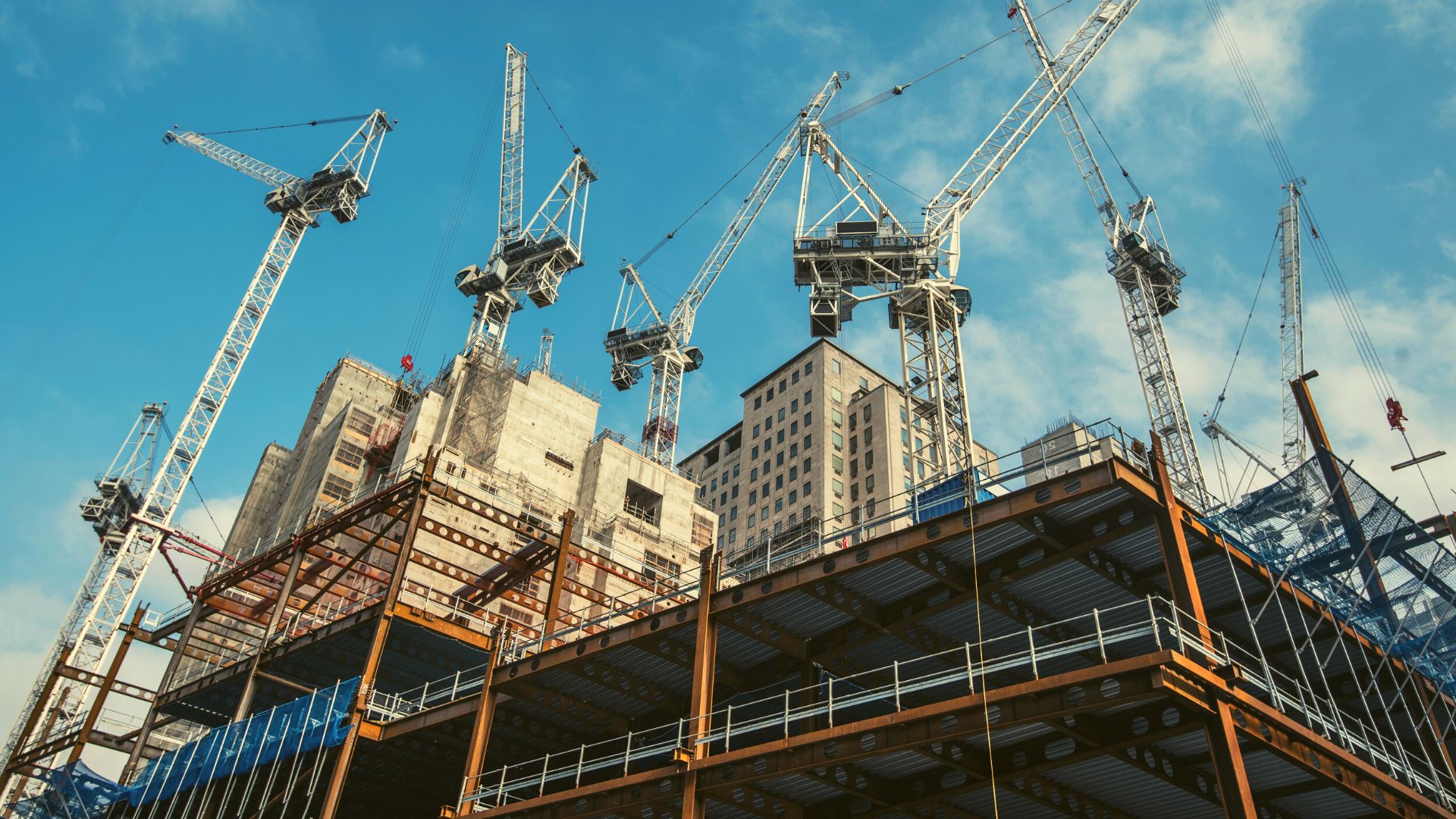What to Look For in a Lone Worker Monitor
A lone worker monitor is an indispensable device that ensures employees working alone are safe. It offers an extra layer of safety beyond standard work procedures and allows staff to contact emergency services quickly when necessary, giving you peace of mind knowing your employees can contact emergency services when required and reaching them from remote locations where coworkers might not be within reach. There are numerous devices designed specifically to be used as lone worker monitoring tools, including personal safety alarms, fall detection devices and gas detectors; as well as smartphones compatible devices like the popular satellite-enabled Bivy Stick for monitoring employees working alone. One of the key features to look out for when searching for a lone worker monitor is a panic button. A worker can press this button to signal for help and its alert will immediately be relayed to a monitoring center – helping reduce injuries and deaths due to accidents or emergency situations that lone workers face alone.  Most lone worker monitors incorporate GPS tracking technology that provides your employees with their precise locations. This data can then be shared with the internal escalation procedure and response team if an alert occurs; additional systems allow supervisors to be automatically informed of missed check ins or overtime alerts as part of your company policy. A quality lone worker monitor should boast an impressive uptime percentage. Low uptime can lead to missed notifications and delayed responses during emergencies; be sure the system you select has a proven record of reliability by looking at its average monthly downtime over the past year. G7's Lone Worker Monitoring Solution differs from this approach by having integrated cellular connectivity that connects your workers instantly when they power on their devices – no expensive intrinsically safe phones, apps or subscription costs required! lone worker devices Although there are various options on the market designed to safeguard lone workers, it's essential that your workforce chooses an easy-to-use system. A complex system may put off employees or lead them astray with false readings or inaccurate information – both which could prove dangerous in an emergency situation. A monitor with an intuitive user interface encourages use and fosters trust between workers and system. You should compare features across systems before choosing one that's best suited to their workforce needs.
Most lone worker monitors incorporate GPS tracking technology that provides your employees with their precise locations. This data can then be shared with the internal escalation procedure and response team if an alert occurs; additional systems allow supervisors to be automatically informed of missed check ins or overtime alerts as part of your company policy. A quality lone worker monitor should boast an impressive uptime percentage. Low uptime can lead to missed notifications and delayed responses during emergencies; be sure the system you select has a proven record of reliability by looking at its average monthly downtime over the past year. G7's Lone Worker Monitoring Solution differs from this approach by having integrated cellular connectivity that connects your workers instantly when they power on their devices – no expensive intrinsically safe phones, apps or subscription costs required! lone worker devices Although there are various options on the market designed to safeguard lone workers, it's essential that your workforce chooses an easy-to-use system. A complex system may put off employees or lead them astray with false readings or inaccurate information – both which could prove dangerous in an emergency situation. A monitor with an intuitive user interface encourages use and fosters trust between workers and system. You should compare features across systems before choosing one that's best suited to their workforce needs.